Uzbekistan to update seismic risk regulations with global expertise
Uzbekistan will launch a new initiative to assess the seismic resilience of buildings with the participation of foreign experts, as part of broader efforts to enhance seismic safety and align national standards with international best practices.
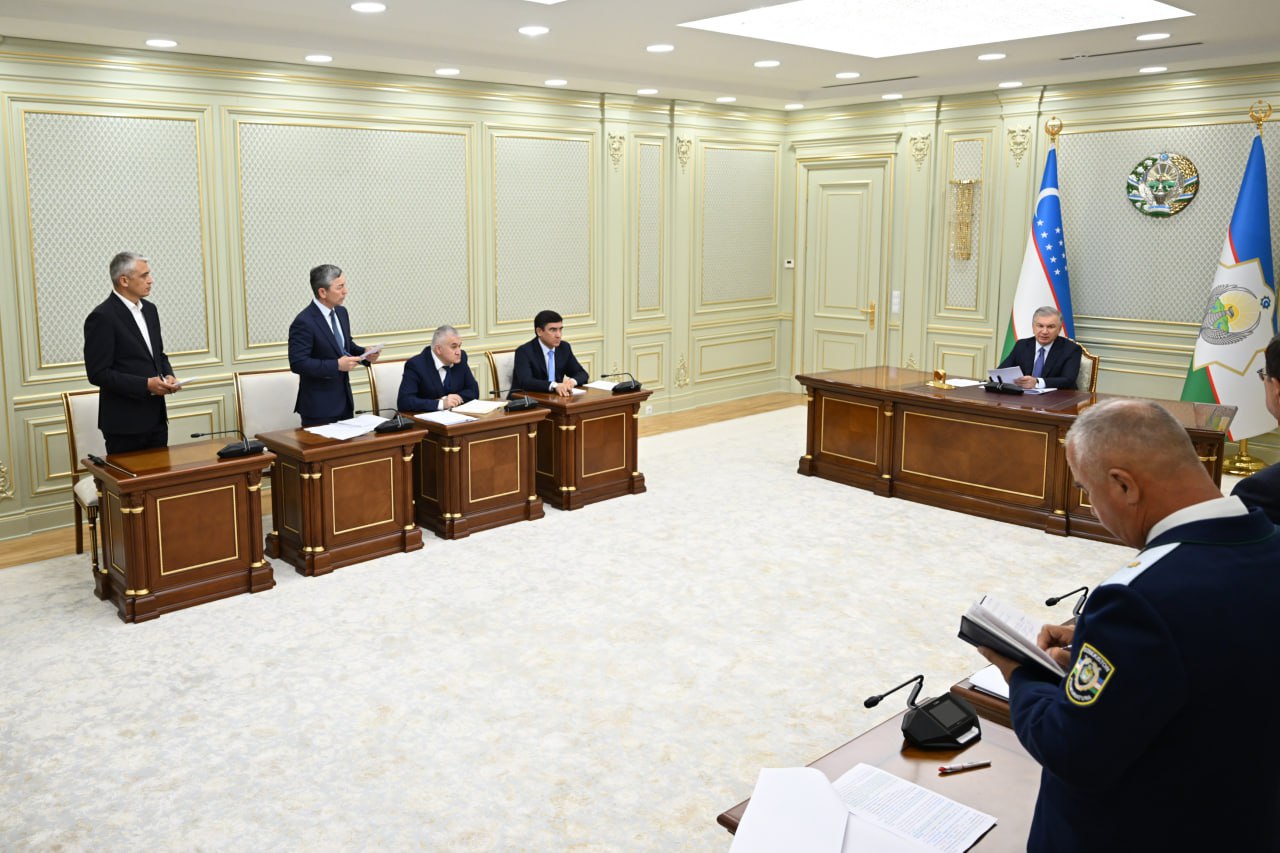
Photo: Frame from the video
On May 13, President Shavkat Mirziyoyev reviewed proposals aimed at strengthening earthquake preparedness and safety measures, the presidential press service reported.
Since 2017, more than 11,410 multi-storey residential buildings have been constructed across the country to improve housing availability and living conditions. In parallel, the development of seismology – a cornerstone of earthquake-resistant construction – has also received increased attention. This includes implementing innovative technologies and fostering cooperation with leading international research institutions.
As a reminder of the importance of seismic resilience, President Mirziyoyev had earlier proposed establishing a Day of Remembrance and Solidarity to honor victims of past earthquakes, notably the devastating earthquake that struck Tashkent on April 26, 1966. Recently, the United Nations General Assembly adopted a resolution proclaiming April 29 as the International Day of Remembrance for Earthquake Victims.
To ensure alignment with global safety standards, the president has emphasized the need to prioritize quality and safety in new housing projects. In response, efforts are underway to increase the earthquake resistance of multi-storey buildings and ensure public safety in seismically active areas.
Special field studies have already been conducted with the involvement of specialists from state design institutes. Based on these studies and analysis of regional seismic conditions, new proposals have been developed to further enhance the system.
According to the plan, a new practice will be introduced involving international specialists in the technical inspection of buildings. This will expand knowledge-sharing on constructing homes that can withstand earthquakes and other natural disasters. Instrumental technical assessments will be carried out, and identified deficiencies will be addressed.
Furthermore, based on findings from these studies and international experience, regulatory documents governing seismic risk, impact, and hazard assessment will be updated.
The president stressed that quality and safety must remain top priorities in construction, and instructed officials to further develop this field scientifically and implement modern approaches across the sector.
Related News
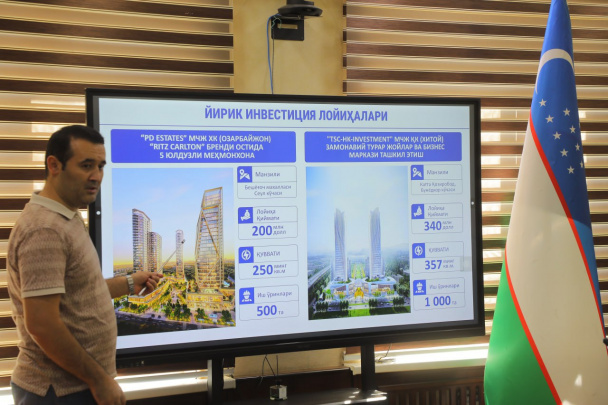
16:19 / 25.07.2025
Chinese developer to invest $340 million in Tashkent residential and business project
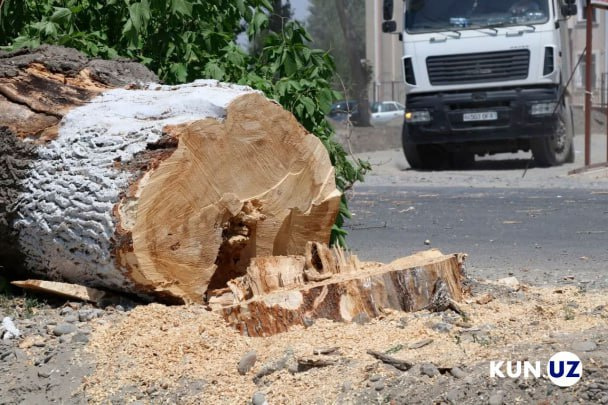
16:10 / 19.07.2025
Ecology Ministry slams entrepreneur Murod Nazarov’s proposal of legalizing tree-cutting, calls for protecting greenery
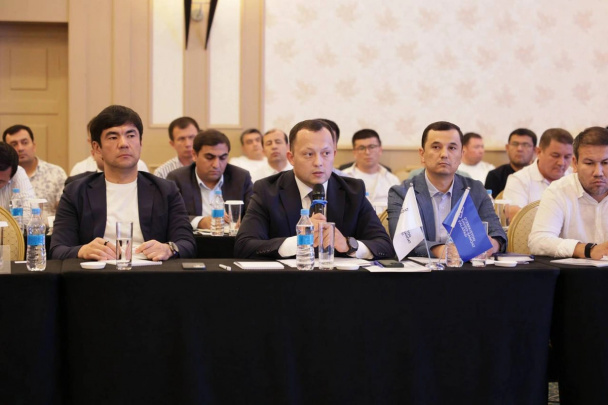
19:11 / 18.07.2025
Developers urge interest-free access to escrow funds to avoid housing cost hikes
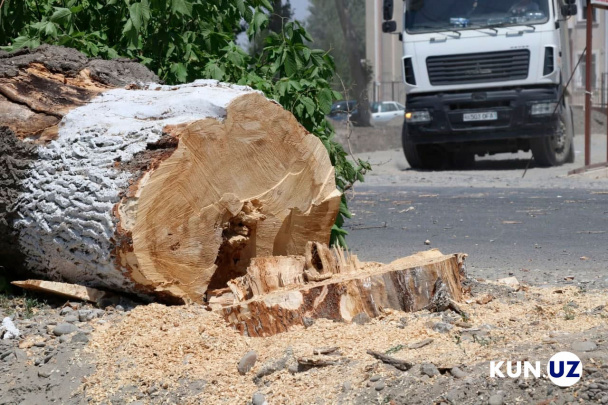
16:42 / 18.07.2025



